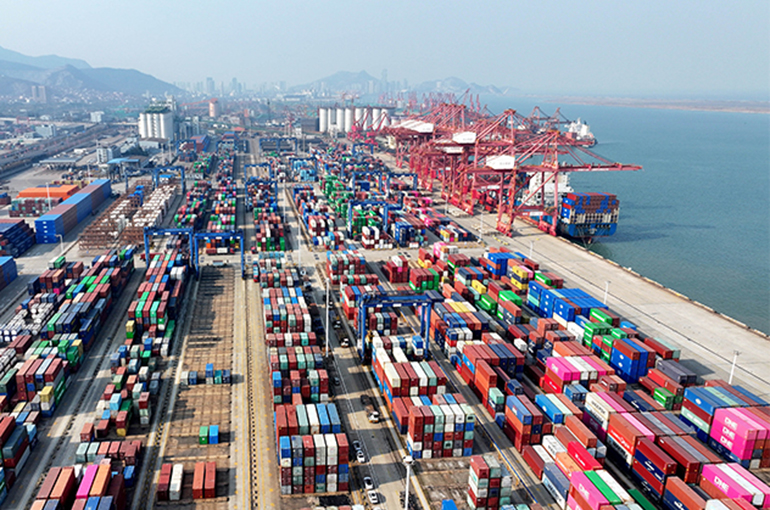 Trump's Tariffs Aren't Going to Revive US Manufacturing, Tsinghua University Economist Says
Trump's Tariffs Aren't Going to Revive US Manufacturing, Tsinghua University Economist Says(Yicai) April 10 -- United States President Donald Trump's tariff policy is highly unlikely to bring back manufacturing to the US, according to a professor of economics at Tsinghua University's School of Economics and Management.
In addition to being unlikely, forcing a return of manufacturing back to the US will also be extremely expensive and will not enhance the country's export competitiveness, Ma Hong told Yicai.
On April 2, Trump signed an executive order announcing a 10 percent minimum additional tariffs on trading partners, including 34 percent on Chinese imports, effective April 5. Since then, the tariffs for China have been raised three times, as the world's second-largest economy has implemented retaliatory tariffs for US imports and declined to withdraw them, reaching a total of 125 percent today.
The so-called tariff inequities criticized by Trump are a result of negotiations on tax rates and structures carried out by the over 160 members of the World Trade Organization and its predecessor, the General Agreement on Tariffs and Trade, they are not unfair tariffs targeting the US as Trump claims, Ma pointed out.
The current trade structure reflects the international labor division resulting from the comparative advantages of various countries, according to Ma.
For instance, consumer goods such as automobiles, mobile phones, and clothes rely on globally efficient collaborative supply chains that cannot be established within the US by the introduction of tariffs, as the country simply does not possess the endowment conditions suitable for the production of these products, Ma noted.
The American manufacturing industry relies heavily on imported industrial intermediate goods. Imposing additional tariffs will increase domestic production costs, thus harming rather than enhancing its international competitiveness.
For example, the US tariffs on steel and aluminum imports appear to protect domestic production, but they have raised costs for downstream machinery and automotive companies, leading to market contraction.
In the past, the US significantly increased tariffs but did not achieve its expected goals. During the Great Depression in 1930, the US raised the average import tariff to nearly 20 percent. But instead of protecting domestic industries, this led to retaliations from other industrialized nations, which resulted in a significant contraction of global trade.
If Trump's "reciprocal tariffs" announced on April 2 were implemented, the average tariff would be higher than during the Great Depression, but the US reliance on trade would be much greater now than it was back then. Therefore, there is reason to believe that if these "reciprocal tariffs" are implemented as planned, the costs incurred by the US and the world could be even higher, Ma concluded.
Editor: Futura Costaglione